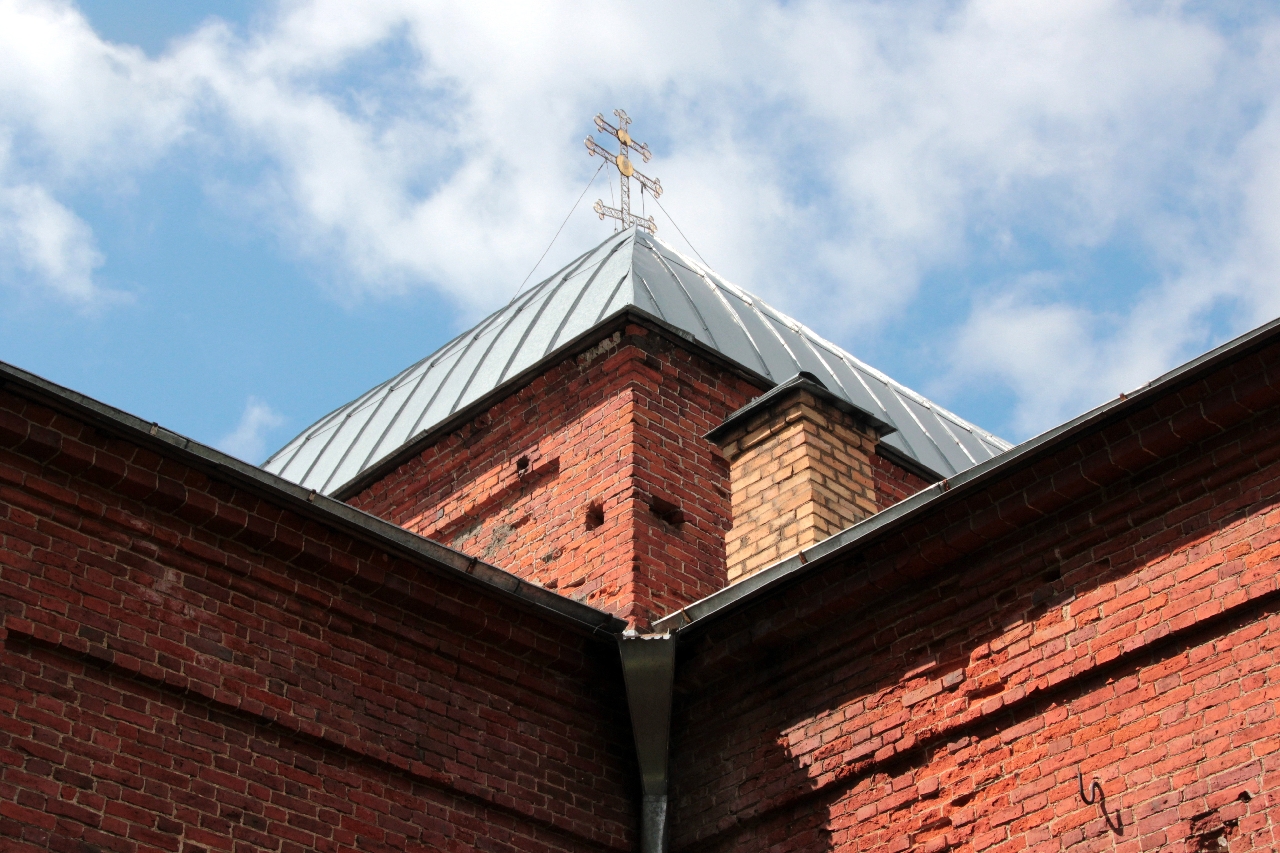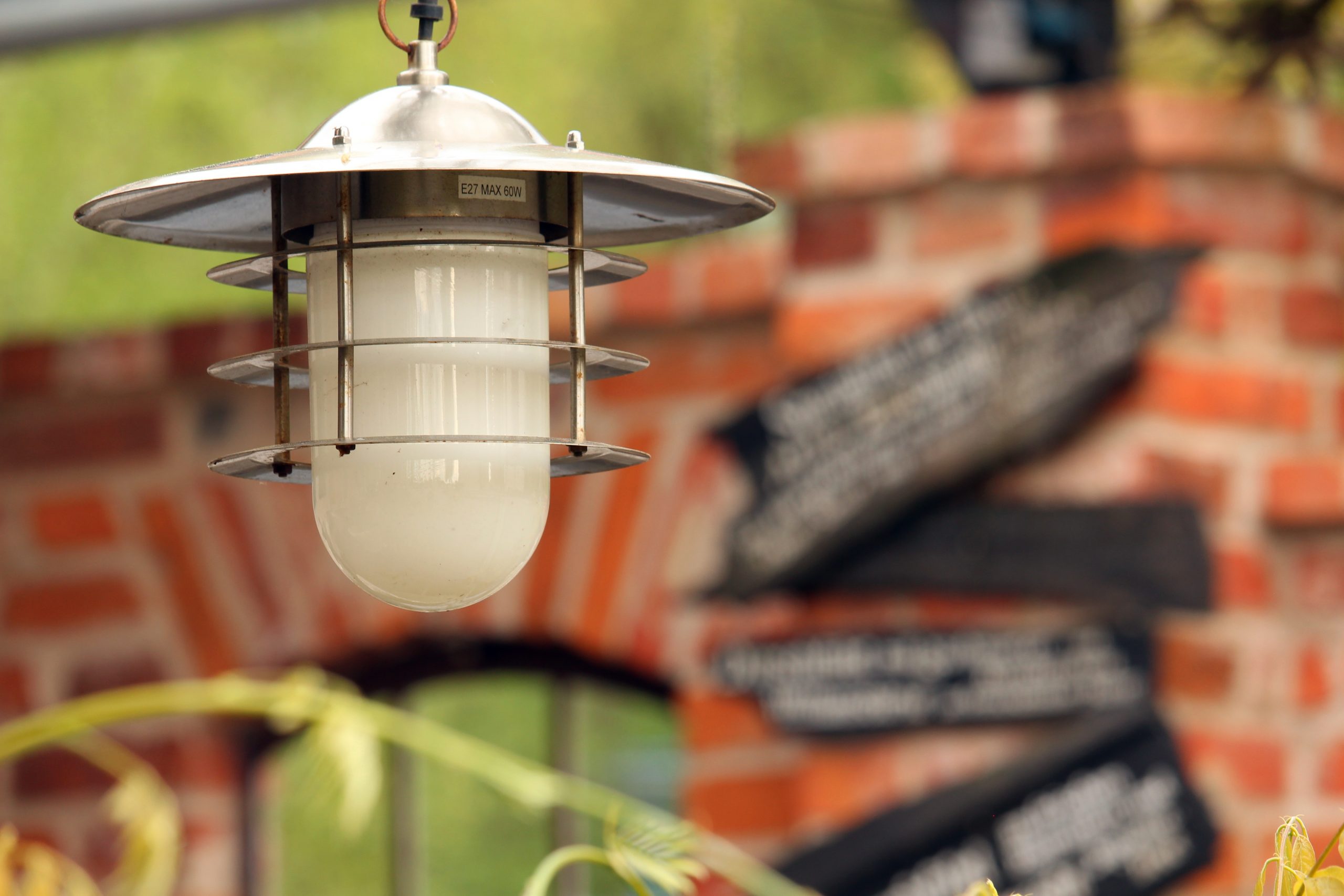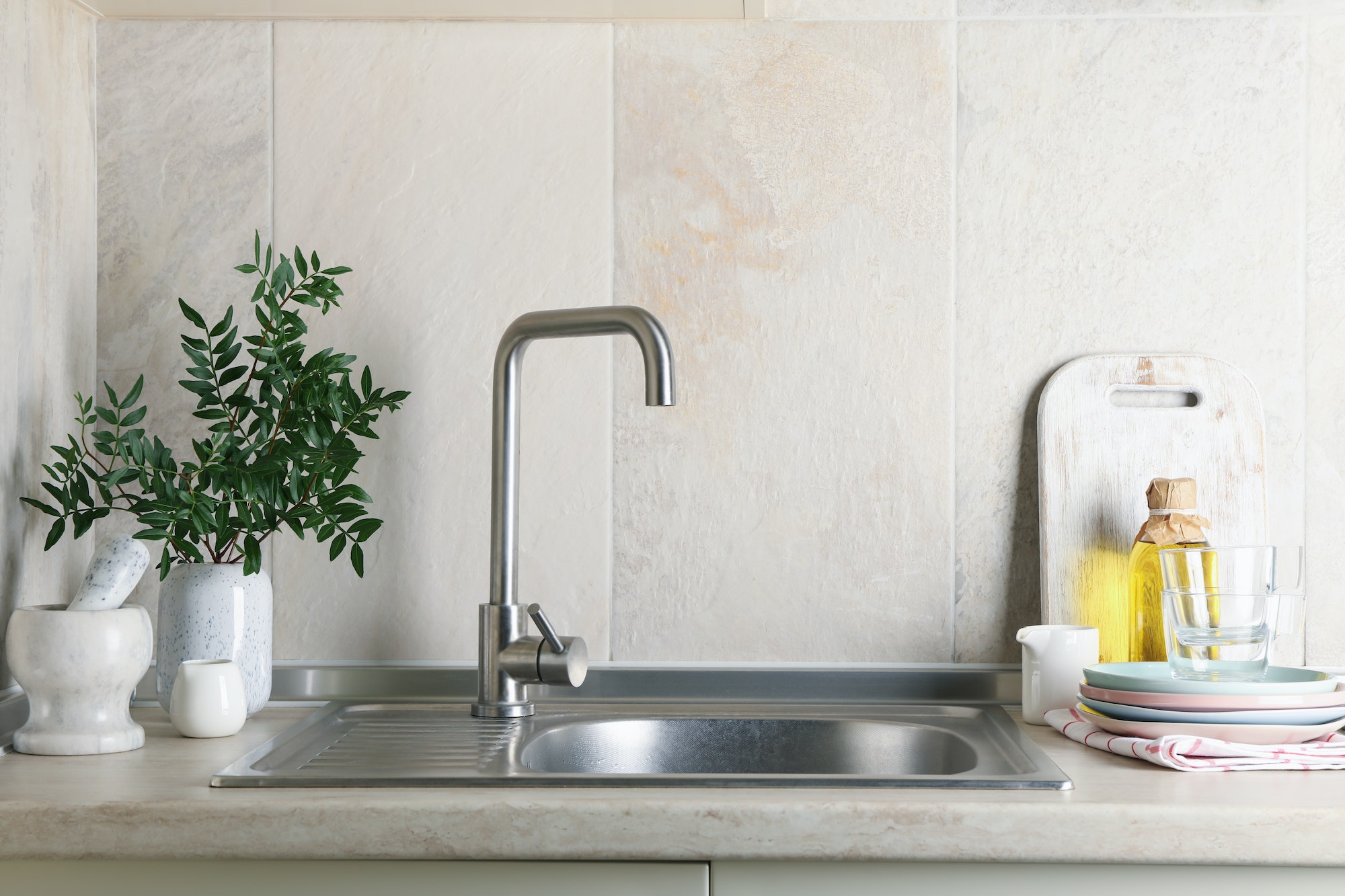When we think about what we want to add to the structure of our home, we generally think of something that would simply make it more appealing to the eye. This strategy isn’t bad, but we need to rethink our priorities. The construction of a house is the most crucial aspect; beauty won’t help you if harsher weather may blow your house away.
Let’s start from the Top
A roof is so much more than a building’s beautiful top. A roof protects a structure from the weather and rain, aids in the drainage of water, and provides insulation to keep the interior of a building warm or cold depending on the season. There are numerous varieties of roofs, but the ideal one for your needs will be determined by the structure and climate. Safety should always be a concern, regardless of the sort of roof you want to create, because roofing work may be dangerous, and fall protection should always be employed. Therefore, a well-maintained roof is a must for a solid house structure, and keeping it checked regularly is the key to your peace of mind.
There are hundreds of distinct roof kinds, each of which is ideal for a particular function and allows for the use of various materials. The two basic types of roofs are flat and pitched, and the shape of the structure is one of the most important factors in determining which one you need. Have in mind that it will be much more difficult to install a circular roof onto a square building, for example. Roofs come in a variety of shapes and sizes, and they may be constructed using a variety of materials. Some styles, on the other hand, are more suited to specific materials, while others do not.
Choose the Best Material
Steel
It is a popular building material since it is both strong and lightweight. As a result, it’s ideal for multi-story buildings, as well as manufacturing and industrial activities. Steel, unlike wood, can survive moisture and is fire and termite-resistant. It will also last far longer than wood.
Concrete
It is made of cement, aggregates like sand or stone, and water.
This material is then put into molds, which dry and harden to construct everything from walls to supporting beams to sidewalks. It can support the weight of the building above it as well as the damp soil that surrounds it.
Masonry
It is a known load-bearing material that can carry the weight of multiple stories and may be reinforced with steel beams for added support. Masonry also provides a wide range of materials, colors, sizes, and forms, allowing you to be more creative with the design of your construction.
Masonry has excellent fire resistance and can withstand moist weather and pests. Masonry, like concrete, may be very efficient at heating and cooling a structure because the bricks or blocks retain a lot of heat in the winter and keep the building cool in the summer.
What about the Foundation?
Because a home foundation lasts a lifetime, it makes sense to look at all aspects that guarantee it stays dry for as long as it has a house to support. A strong foundation does more than prevent a home from sinking into the ground. Construction foundations also keep moisture out, protect against the cold, and withstand the earth’s movement.
It takes a lot more than drilling a hole and pouring concrete into molds to lay a solid foundation. It must be fitted to its location as if it were a bespoke suit, taking into account soil conditions, water tables, and even backfill quality.
The sorts of foundations that are appropriate for a home are determined by the style of building and soil available at the construction site. The kind of construction refers to whether it is a high-rise or multi-story structure or a low-rise little dwelling. High-rise buildings, such as apartment towers, may require a 5- to a 20-meter-deep foundation, although a low-rise home construction depth of 6-8 feet is generally suitable for residential dwellings.
Water that rests on the outside of the foundation wall will ultimately make its way inside as water vapor since concrete is not impervious. As a consequence, your home will be moist, which will encourage mold and mildew growth. A waterproofing coating is frequently brushed on the exterior of the foundation to avoid this. To capture any water in the soil and drain it away, a perforated pipe can be put around the perimeter of the footing.
Important Considerations
When looking for a good area to build your house, there are several aspects to consider.
Flood, storm, high heat, chilling cold, and other extreme weather and climatic circumstances necessitate special precautions. Unless built on proper foundations or pilings, houses built on loose sand, mucky soil, or other uneven terrains would certainly disintegrate in a short period.
Utility services also need to be available. Make sure these utility providers supply electric power, access to safe drinking water, telephone, and other comforts in your site if you want to use them.
One of the most exciting and gratifying endeavors you can do is building your dream house. Having the freedom to plan each stage of the process and make decisions regarding your construction project is a huge responsibility that may be intimidating for anyone. Evaluating the scope of the job will make the process run much more easily. Hopefully, these pointers will assist you in determining the ideal solutions for a strong house building.
Discover more from Futurist Architecture
Subscribe to get the latest posts sent to your email.



